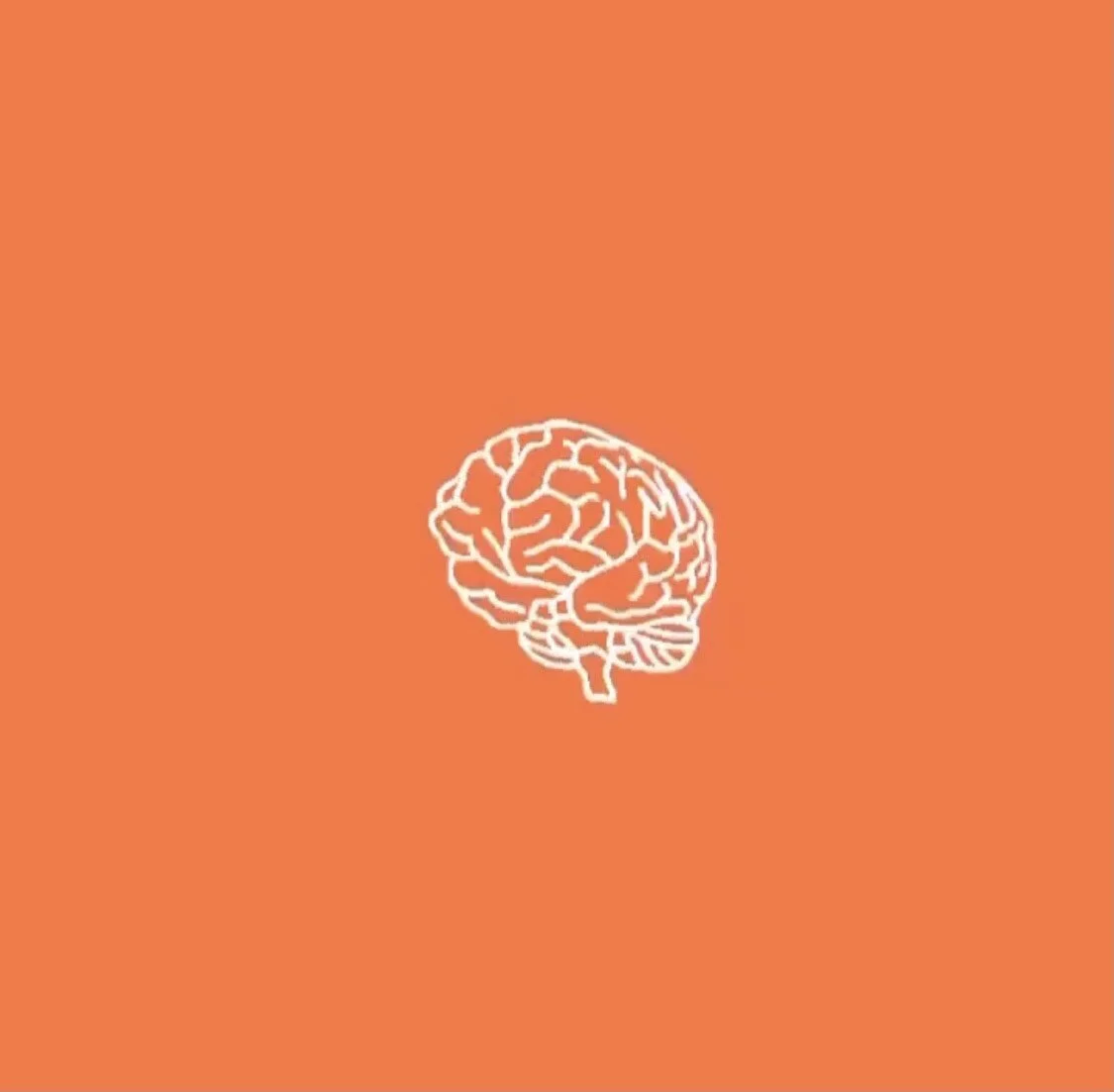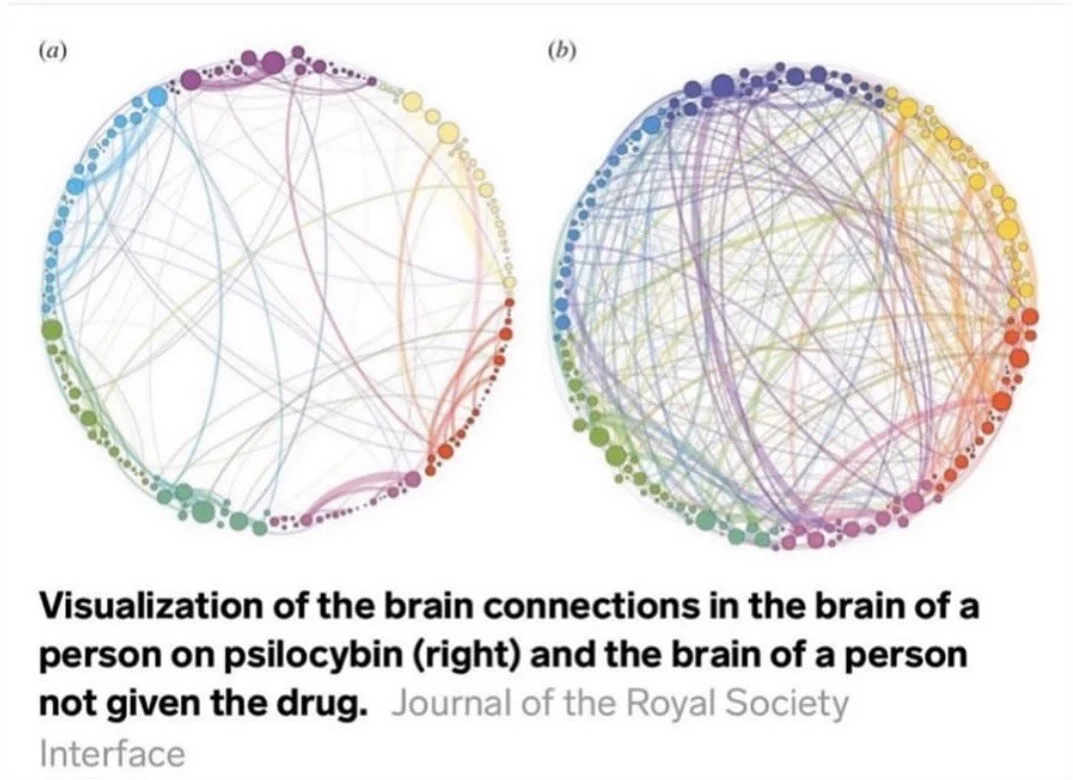How Tripping on Mushrooms Changes the Brain ☼
Dec 29, 2020
When people think about what the brain looks like on drugs, it's hard not to flashback to that propaganda film where they take an egg and fry it to emulate what 'drugs' do to the brain. But when you look at these homological scaffolds of brain functional networks during Psilocybin activation vs. normal brain network connectivity, the brain on drugs is shown in a very different light.
G Petri 2014 - image sourced from the Journal of Royal Society Interface.
Read this Business Insider article on 'How tripping on mushrooms changes the brain' to learn more about Psilocybin's ability to form neural connectivity.
“Psilocybin, the main psychoactive ingredient in magic mushrooms, sprouts new links across previously disconnected brain regions, the study found, temporarily altering the brain's entire organizational framework.
The data visualization below (b) shows how these new connections among separate regions of the brain in people dosed with psilocybin; the one on the left (a) represents the conventional connections in the brains of people not on the drug. You can see how much more connected the psilocybin-activated brain is... These new highways of information may be the reason mushroom users see sounds or hear colors. And they could also be responsible for giving magic mushrooms some of their antidepressant qualities.
As with any drug, psilocybin doesn't come without health risks. People who use shrooms may experience unpleasant hallucinations, for example.
More research on psychedelic drugs like magic mushrooms is needed. Only recently has the US government begun to loosen its restrictions on studying the medical uses of psychedelics. Many scientists have argued these legal issues have made conclusive research on psychoactive drugs "difficult and in many cases almost impossible."


